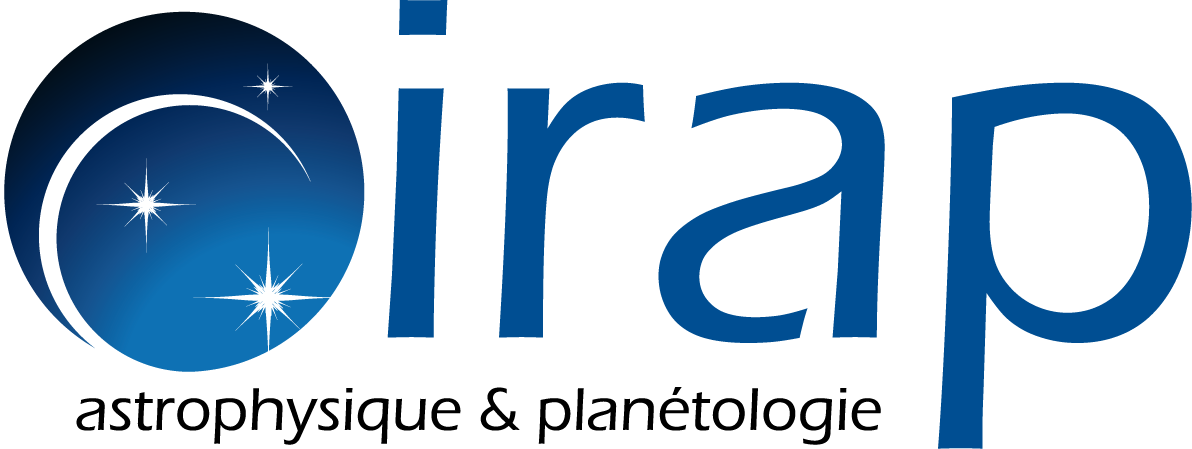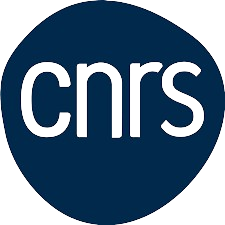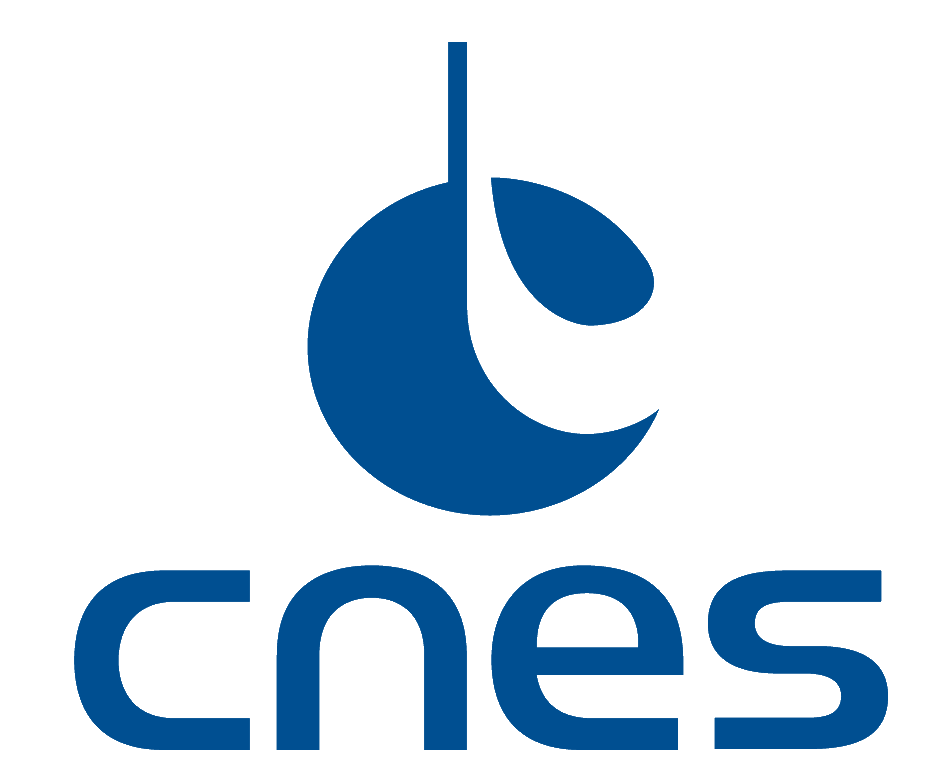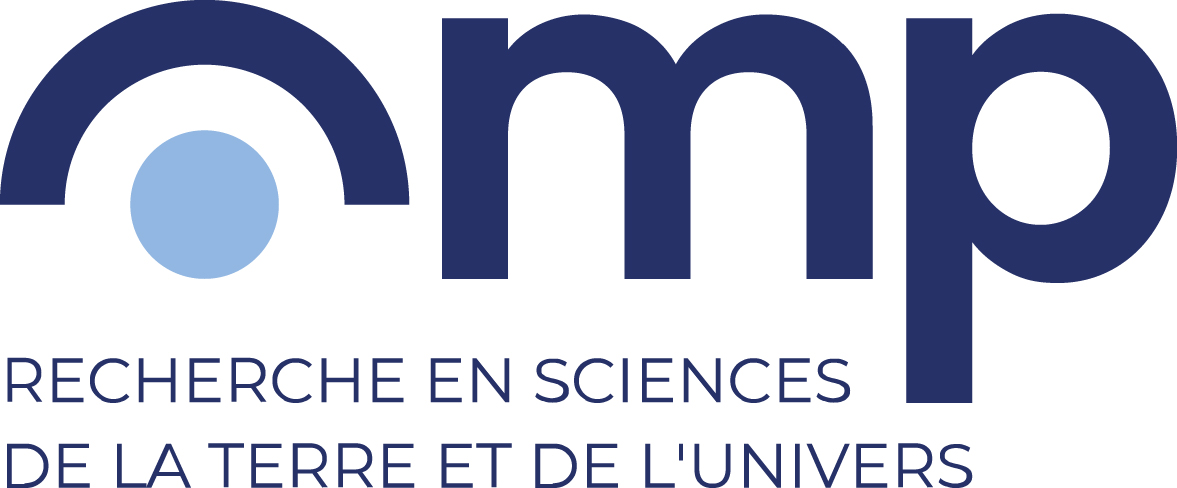The CTAO Becomes a European Research Infrastructure Consortium
On Tuesday January 7, the European Commission announced that it had granted CTAO (Cherenkov Telescope Array Observatory) the status of European Research Infrastructure Consortium (ERIC), a specific legal form under European Union law facilitating the creation and operation of research infrastructures of European interest. This makes CTAO the 29th ERIC to be created since 2009.
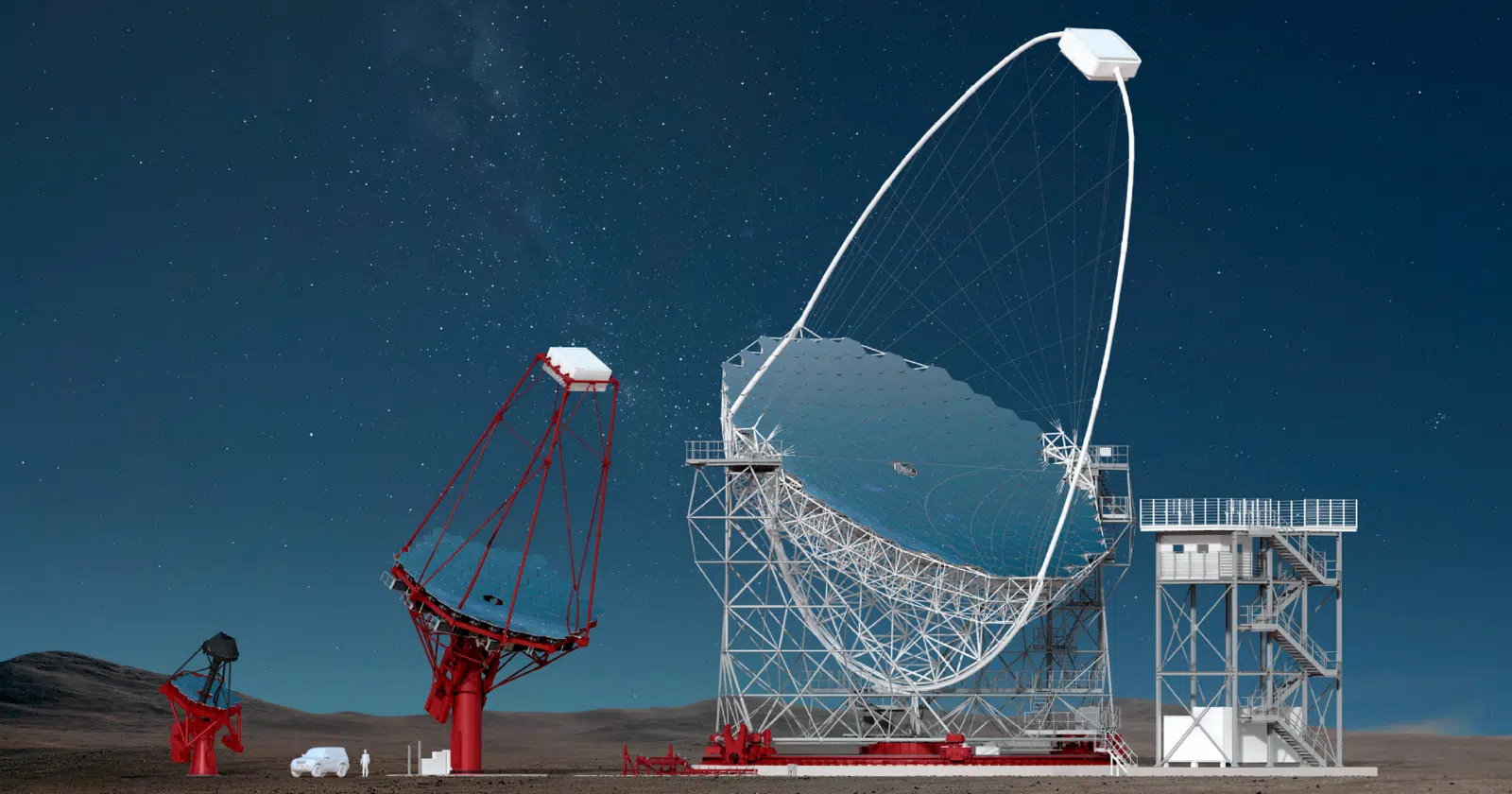
By providing an internationally-recognized legal structure, the European Commission’s decision will accelerate the Observatory’s construction and facilitate its operation by ensuring stable funding for infrastructure, supporting the recruitment of new staff, and establishing a framework for the worldwide distribution of Observatory data.
This decision comes at a pivotal moment for CTAO: the first telescopes at its northern site in the Canary Islands (Spain) are starting to collect data, and the first telescopes will be installed at its southern site in the Atacama Desert (Chile) next year. When it starts up, CTAO will become the largest and most sensitive observatory for gamma-ray astronomy in the world. It will help to shed light on major questions in modern physics, such as the origin and acceleration of cosmic radiation, the behavior of matter in the extreme environments of black holes, and the nature of dark matter.
This project is led by a scientific collaboration bringing together 150 laboratories from around thirty countries in which France has played a decisive role, both in defining the scientific objectives and in developing and, now, building the telescope networks. This involvement has earned the project recognition as a Very Large French Research Infrastructure (IR*) since 2018.
“The ERIC status establishes CTAO as one of the major infrastructures of European research,” rejoices Thierry Stolarczyk, co-spokesperson of the CTAO Scientific Consortium. “This event rewards 20 years of efforts by researchers, engineers and technicians of the international consortium engaged in the definition of the scientific and technical project, and today in the construction of the telescope networks. It symbolically marks the start of a new phase towards the exploitation of the first data which will soon lead to new discoveries in the Universe seen in gamma rays.”
“The creation of the CTAO ERIC at the beginning of 2025 is excellent news for the entire European gamma astronomy scientific community. This creation was highly anticipated, particularly by French research establishments which are among the main contributors to the infrastructure” explains Guy Perrin, French delegate to the CTAO “Board of Governmental Representatives”.
About the French participation in CTAO
The French scientific and technical personnel involved in CTAO come from CNRS laboratories (CNRS Nucléaire & Particules 1 and CNRS Terre & Univers 2) and from the IRFU at CEA Paris-Saclay. They contribute to many aspects of the infrastructure’s implementation and its scientific exploitation. A significant part of the contribution concerns the three types of telescopes (in the photo, from left to right, SST, MST and LST) of which several dozen examples will equip the two networks of the Observatory, detecting the Cherenkov light produced by the interaction of gamma rays in the atmosphere, between 10 GeV and 100 TeV. More precisely, this French contribution concerns: for the LSTs, the design of the arches, the camera controllers and the motorization of the mechanical structure; for MST, the design, construction and integration of fast electronic cameras (NectarCAM) and the design and supply of mirrors; for SST, the design and integration of telescopes. The French teams also contribute to monitoring the quality of the atmosphere by building a LIDAR on the South site. Finally, they have a leading role in the deployment of the data analysis chain of the telescope networks and the scientific analysis tools of the celestial vault for future users of the Observatory.
Notes
- Laboratories APC, CPPM, IJCLab, LAPP, LLR, IP2I, LPNHE and LUPM
- Laboratories IPAG, IRAP, LUTH and OCA.
Further Resources
- CTAO Press Release : The CTAO Becomes a European Research Infrastructure Consortium
- ESO Website : Exploring the Universe at the Highest Energies – CTAO
IRAP Contacts
- Luigi Tibaldo, luigi.tibaldo@irap.omp.eu
- Pierre Jean, pierre.jean@irap.omp.eu
- Jürgen Knödlseder, Jurgen.Knodlseder@irap.omp.eu
